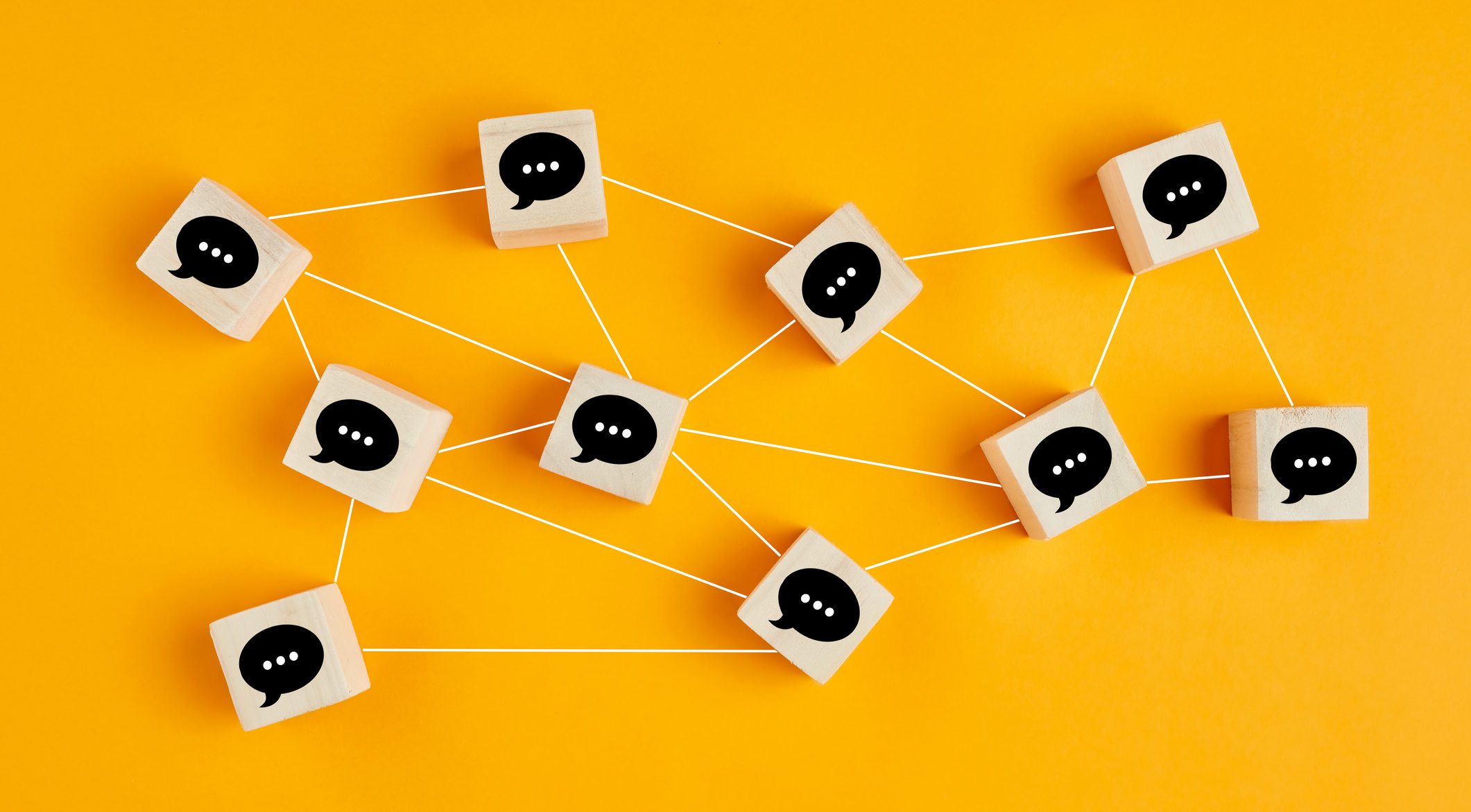Students study race, COVID-19 in tweets

For more stories about student research, click here.
For their Research and Evaluation in Health Sciences class in the fall of 2020, Samantha Norton ’23 and Imaya Virani ’22 wanted to know if they could tell from social media posts how many Americans would get the COVID-19 vaccine. But neither could find published papers on the topic.
Enter Shaniece Criss, assistant professor of health science and a specialist in studying social media and public health messaging. Norton and Virani approached Criss separately about researching this area. Other students were interested, and soon Criss had a team of seven undergraduate students researching race-related Twitter discussions about COVID-19.
“We came up with this idea of using Twitter as a way to think about public health message development,” Criss says. “We can see what people are talking about. It shows the misperceptions that need to be corrected and what messages really resonate with people.”
Working with collaborators at the University of California, San Francisco and the University of California, Los Angeles, the team analyzed a 1 percent sample of tweets in the United States between October 2020 and January 2021 that related to the pandemic. Their research was published in the International Journal of Environmental Research and Public Health.
Other students who participated in the research were Anne Kirby ’21, Courtney Kinnane ’22, Gabrielle Maiolo ’21, Emma Lou Tillmanns ’21 and Eli Titherington ’22.
We talked with Norton and Virani about their research. Their answers, edited for brevity and clarity, are below.
Q: What interested you in this topic?
Imaya Virani: In fall 2020 I lost my uncle and grandfather to COVID-19. That was a hard and difficult time for me. It made me upset seeing people who underestimated the reality of COVID-19. I wanted to do this research to learn more and to educate others about the effectiveness of the vaccine and how we need more education to improve vaccination rates in all communities.
Samantha Norton: It’s really interesting to see how social media can be such a real force for spreading the positive aspects of public health and the positive aspects of the vaccine, but it can also lead to a lot of misinformation and miscommunication between public health officials and the general population. I think it’s a tool that hasn’t really been tapped into yet by the health science field.
Q: What findings stood out from the study?
IV: We found that a lot of communities of color are hesitant to receive the vaccine due to a lack of access, history of racism in healthcare and misinformation about the safety and effectiveness.
SN: We saw a lot of politicization of the vaccine, which I thought was really interesting. Normally when you think of going to the doctor and getting medicine or taking a prescription or getting a flu shot you don’t think about politics.
Q: Did anything surprise you about the findings?
SN: The politicization about the vaccine, that really shocked me because I didn’t think that those two things really go together. It kind of opened my eyes, too, to the role that the CDC and the government plays in the distribution of the vaccines. Just how people’s views of the vaccine were shaped based off their political opinions.
IV: What mostly stuck out to me was mistrust. Reading the tweets opened my eyes to the extent of mistrust based on influence from social media and lack of education.
Q: There were some racist tweets. Did that surprise you?
IV: I’ve seen a lot of racist tweets (apart from the research) so I was expecting it but not to the extent that we found. I know the former president referred to COVID-19 as “the Chinese virus” along with different names that spurred a lot of racism against that community.
SN: This really opened my eyes to what all is out there because before that I just saw the opinions of people who think like me and people who were pro-vaccinations. It really opened my eyes to see all the different perspectives and all the different fronts that public health officials have to face in health communication messaging to get the COVID vaccine to be used across the country.
Q: What are your hopes for the study?
SN: I would imagine that future researchers would see this very broad gap in the literature that has to do with public health and health messaging on social media and how much social media can affect the perceptions of the average population. I really hope that it will go to public health officials and it will help improve health communication messaging.
IV: I hope people can look at this research for future publications and learn from it. Social media is such a big platform for different types of messaging around the world and can greatly impact people’s perspectives and beliefs.